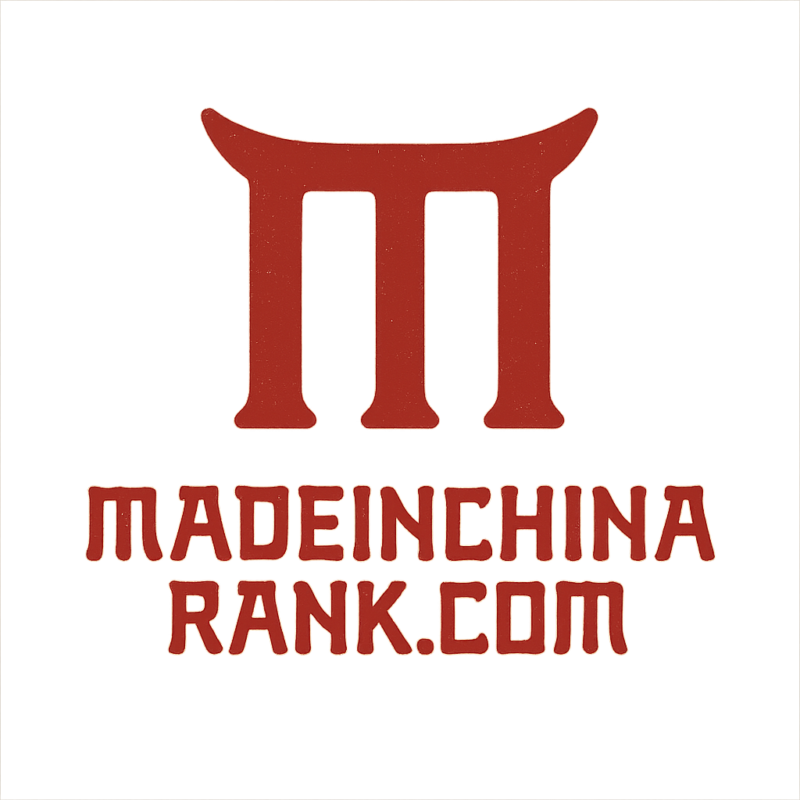The sixth place is the Kongtong School, which has a long history and has been recorded in the ancient dictionary Erya of Qin and Han Dynasties. Today’s Kongtong School of Wushu is a combination of Confucianism, Buddhism, and Taoism who has been practicing in the past dynasties and are good at fighting outside the Western Regions. More than 160 years ago, it was formed by Feiyunzi, the ancestor, and established a school of Wushu.
The fifth place is Huashan School. The earliest history of Huashan School can be traced back to the Qin and Han Dynasty when there were many stories about swordsmen around Huashan. Over the years, Huashan School has become a well-known and upright school in Wushu. After more than 100 years of development, Huashan School’s martial arts, especially swordsmanship, have formed a complete set of perfect swordsmanship system, and have been trained by the masters of Huashan School in successive dynasties. Huashan School’s swordsmanship has become more and more exquisite, which has shocked the Wulin acoustically. Therefore, Huashan School is also known as Huashan School of Swordsmanship.
The fourth place is the Kunlun School. Wushu is known as Kunlun School with Kunlun Mountain as its symbol, and it is a famous school of Chinese Wushu. The Kunlun School was also a branch of Taoism that rose in the late Ming Dynasty. It was located in the Kunlun Mountains in the eastern part of the Pamir Plateau. The Kunlun Mountains stretch for hundreds of miles, and the mountains are beautiful. Taoist practitioners come to practice one after another.
The third place is Emei School. Emei School, Shaolin School, and Wudang School are the three main groups of Chinese martial arts. It is also a wide-ranging school. Especially in the southwest area, it is very powerful and can be said to be the leader.
The second is the Wudang School, which was founded in Wudang Mountain, Hubei Province, and is the family of the family. It began in Yuan Dynasty and flourished in Ming Dynasty. According to Huang Zongxi’s Epitaph of Wang Zhengnan in the late Ming and early Qing Dynasties, the Wudang School was created by Zhang Sanfeng of the Song Dynasty. Its characteristics are strong muscles and bones, and breathing technique. It emphasizes internal training, stresses static braking, flexibility and rigidity, short to long, slow to fast, biased to soft, main breathing, with shorthands. Wudang Wushu does not mainly attack, but it should not be infringed easily. After that, Taijiquan, Bagua Palm, Xingyiquan and other Neijiaquan were developed from Wudang Neijiaquan.
The first is the Shaolin School, which developed on the basis of folk Wushu, and folk Wushu is the soil for its development. It can be said that the gathering place of masters. The Shaolin school is also the most extensive, longest-standing and most diverse Wushu school in China, named after the Shaolin Temple in Songshan Mountains. Shaolin Wushu is gradually formed spontaneously in the long-term practice of martial arts by monks. Shaolin Wushu became famous in the world, which began in the late Sui Dynasty.
